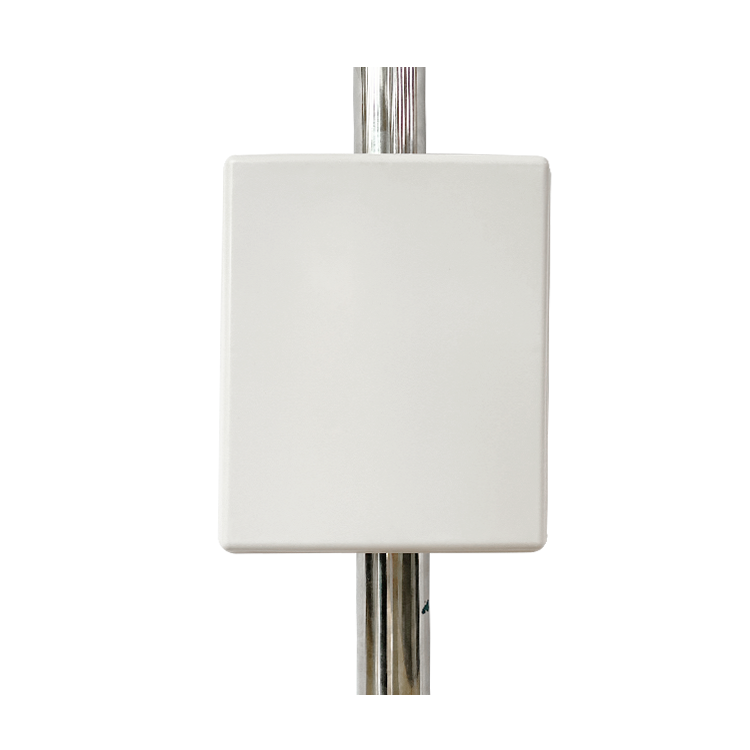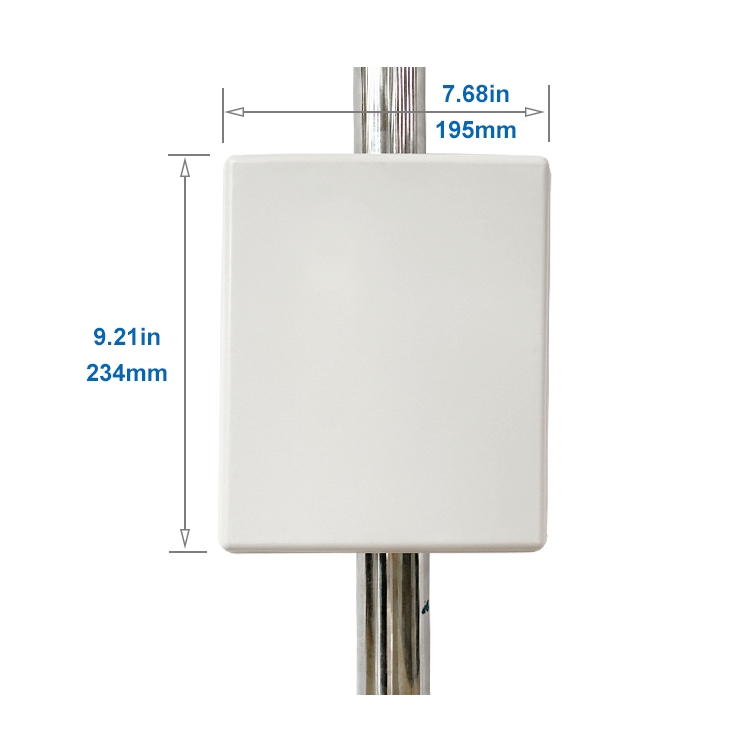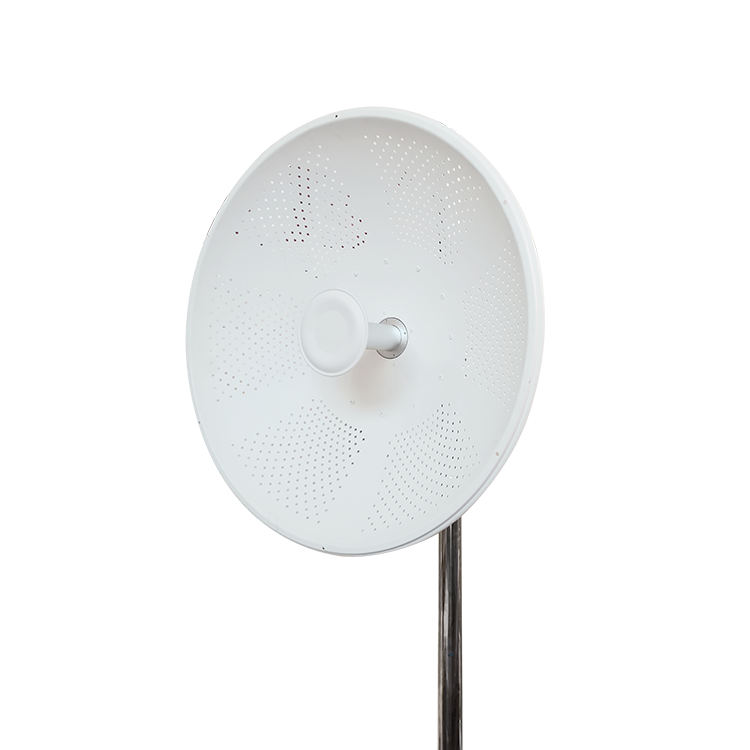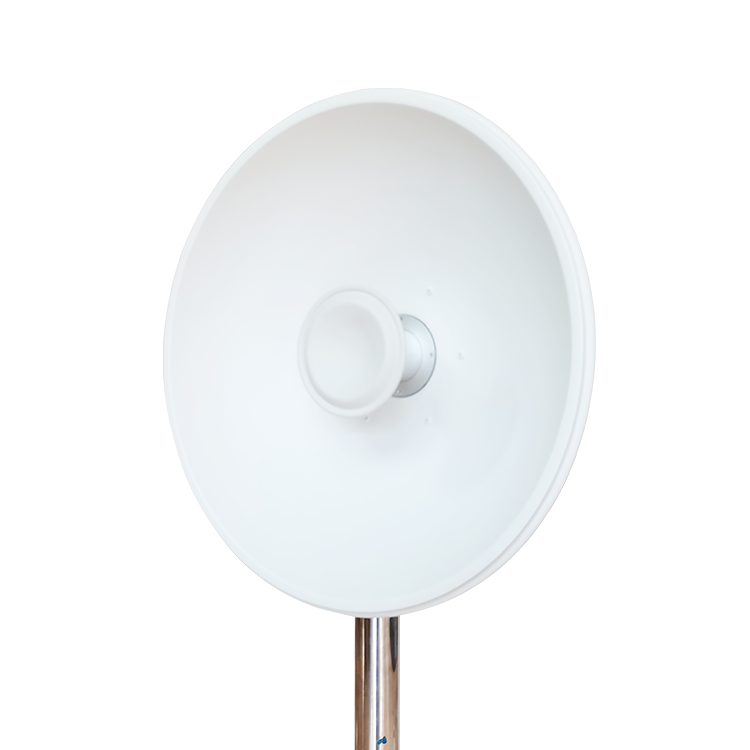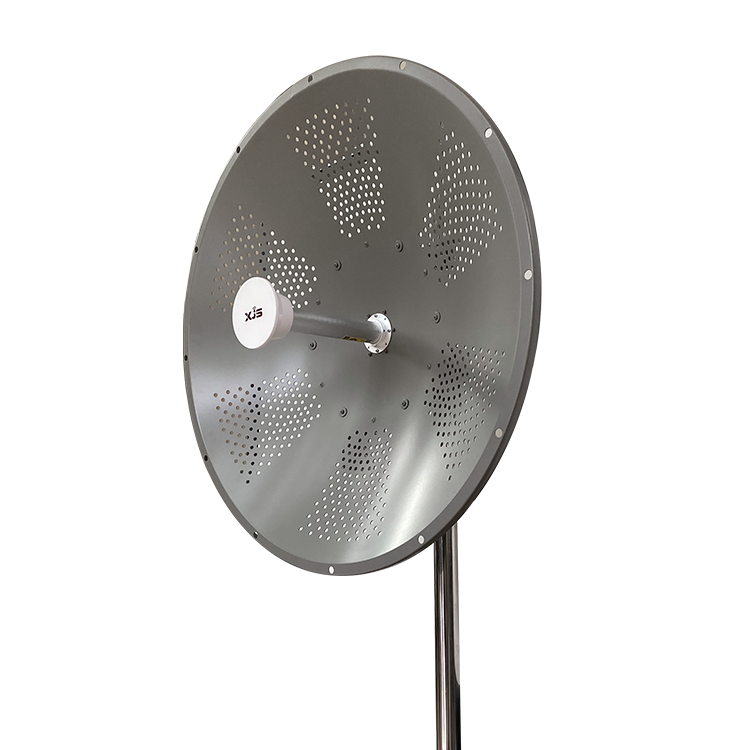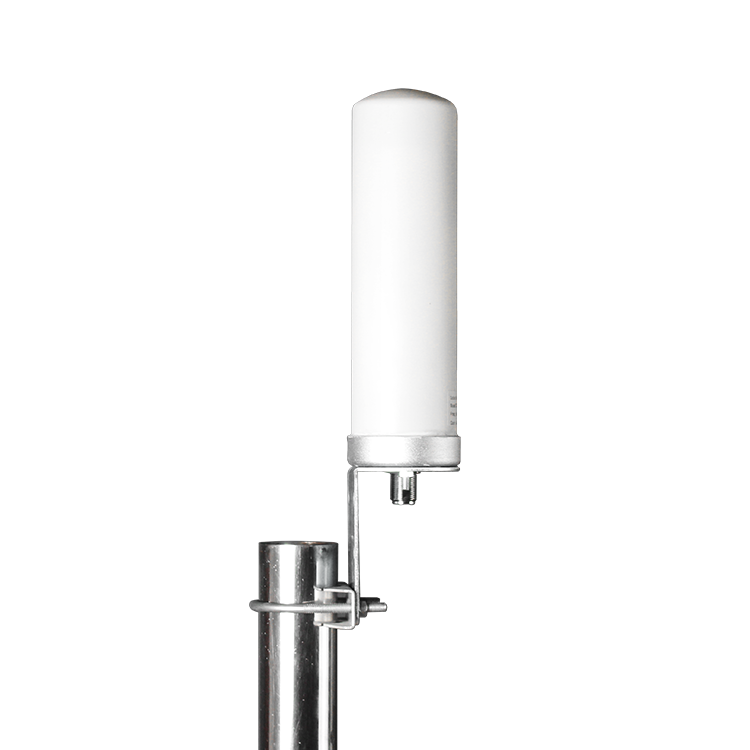In the realm of modern telecommunications and wireless technology, the quest for efficient and versatile antennas remains ever-present. Among the array of antenna designs, the dual band panel antenna stands out with a blend of performance, flexibility, and compactness. In this article, we delve into the intricacies of this remarkable piece of engineering, exploring its design, operation, applications, and potential future developments.
Introduction to Dual Band Panel Antenna
At its core, the dual band panel antenna represents a specialized form of antenna capable of operating across two distinct frequency bands simultaneously. Unlike conventional single band antennas, which are optimized for a specific frequency range, dual band panel antennas offer a broader spectrum coverage without sacrificing performance. This unique characteristic makes them highly desirable in various applications ranging from wireless communication networks to radar systems.
Definition and Purpose
The dual band panel antenna, as the name suggests, comprises an array of radiating elements arranged in a panel configuration. These elements are strategically designed to radiate electromagnetic waves efficiently across two distinct frequency bands. The primary purpose of such antennas is to facilitate communication and data transmission across different frequency ranges, catering to the diverse needs of modern wireless systems.
Advantages over Single Band Antennas
One of the key advantages of dual band panel antennas lies in their versatility and adaptability. By covering multiple frequency bands within a single compact structure, these antennas offer significant space-saving benefits compared to deploying separate antennas for each frequency band. Moreover, dual band antennas reduce installation complexity and costs, making them an attractive choice for both indoor and outdoor deployments.
Operation and Performance
Understanding the operation and performance characteristics of dual band panel antennas is crucial for assessing their suitability in various applications. From frequency coverage to radiation pattern, several factors influence the overall performance of these antennas.
Frequency Bands Covered
Lower Band: Dual band panel antennas typically cover a lower frequency band, often associated with long-range communication and coverage. This band encompasses frequencies commonly used in cellular communication, Wi-Fi networks, and point-to-point links.
Higher Band: In addition to the lower frequency band, dual band panel antennas also extend coverage to a higher frequency band, catering to applications requiring increased data throughput and bandwidth. This higher band may include frequencies used in microwave communication and satellite links.
Radiation Pattern and Gain
Directionality: Dual band panel antennas exhibit directional radiation patterns, focusing electromagnetic energy in specific directions while minimizing radiation in other directions. This directional characteristic makes them suitable for point-to-point communication and beamforming applications.
Beamwidth: The beamwidth of a dual band panel antenna determines the angular coverage over which it can effectively transmit or receive signals. A narrower beamwidth corresponds to higher antenna gain and increased directivity, whereas a wider beamwidth offers broader coverage at the expense of gain.
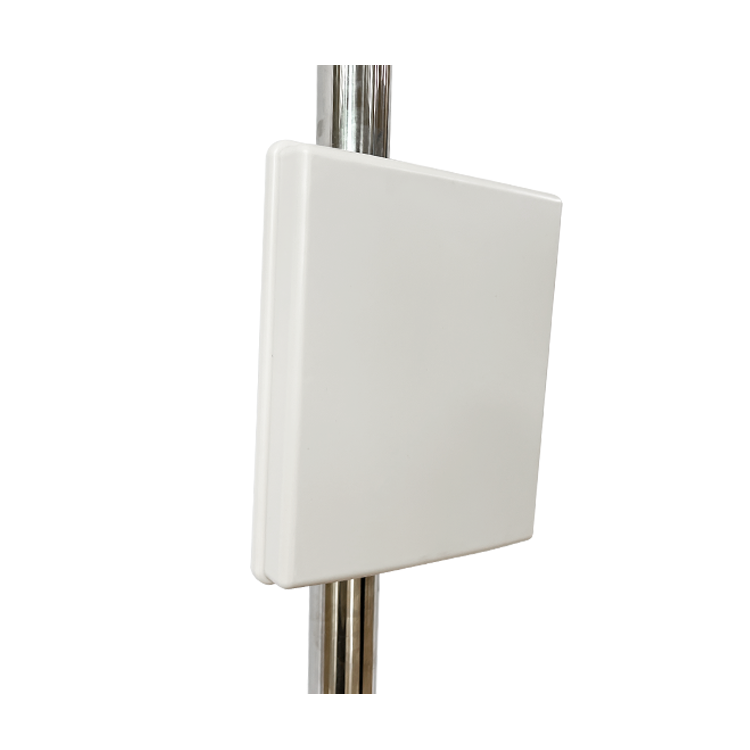
Applications and Future Trends
The versatility and performance of dual band panel antennas have paved the way for their widespread adoption across various industries. From current applications to future trends, these antennas continue to evolve to meet the growing demands of modern wireless communication systems.
Current Uses
Wireless Communication: Dual band panel antennas are extensively used in wireless communication systems, including cellular networks, Wi-Fi hotspots, and point-to-point links. Their ability to cover multiple frequency bands makes them ideal for providing reliable connectivity in diverse environments.
Cellular Networks: In the realm of cellular networks, dual band panel antennas serve as key components in base station antennas, enabling efficient transmission and reception of signals across different frequency bands. They play a crucial role in extending coverage and capacity to meet the escalating demands of mobile subscribers.
Advancements and Potential Developments
Integration with 5G Technology: As the deployment of 5G networks accelerates worldwide, dual band panel antennas are poised to play a significant role in supporting the diverse spectrum requirements of 5G technologies. Their ability to cover both sub-6 GHz and mmWave frequency bands makes them well-suited for 5G base stations and small-cell deployments.
IoT and Smart City Infrastructure: With the proliferation of IoT devices and the emergence of smart city initiatives, dual band panel antennas are expected to play a pivotal role in enabling seamless connectivity and data exchange. These antennas can support a wide range of IoT applications, including smart meters, environmental monitoring sensors, and traffic management systems.
Conclusion
The dual band panel antenna stands as a testament to the ingenuity and innovation driving the evolution of wireless communication technology. With its dual-band capability, compact design, and exceptional performance, this antenna continues to redefine the boundaries of connectivity and pave the way for a future powered by ubiquitous wireless networks.
